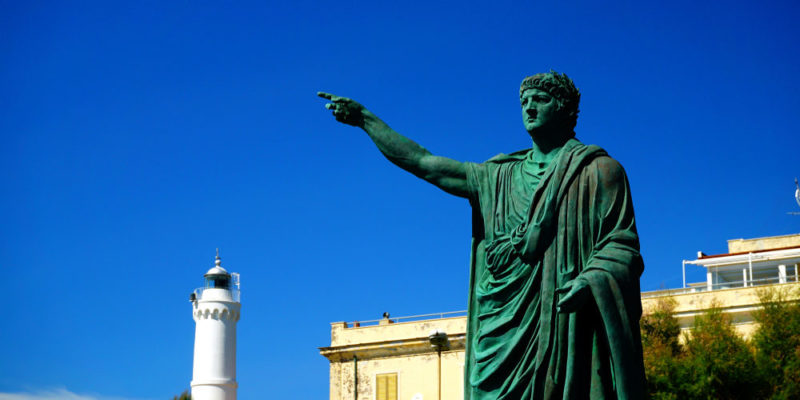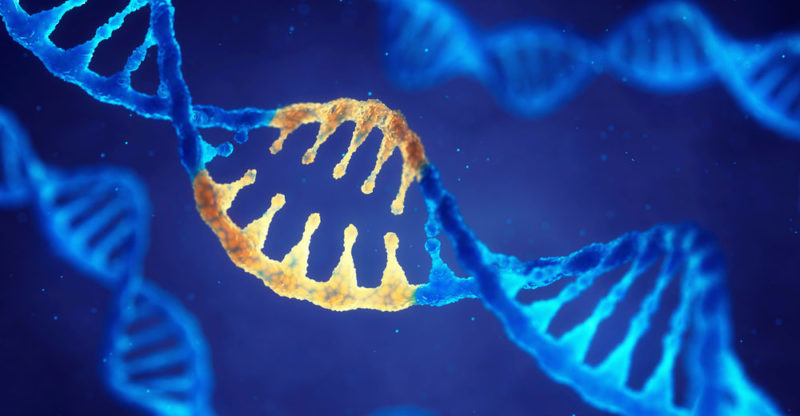We explain what incest is and historical examples of this prohibited practice. In addition, its characteristics, explanations and consequences.
What is incest?
The name of incest is given to the sexual relations practiced between individuals who share a direct consanguineous bond , such as between siblings, parents and children, grandparents and descendants, or whatever the biological or consanguineous nexus between the two individuals is.
In many cases this extends to cousins, although the more remote they are, the more loosely the relationship will be judged.
Incest is a culturally rejected and prohibited and taboo practice in almost all civilizations, always preferring exogamy (sexual relations with individuals from outside the family group) to inbreeding.
There were, however, celebrated cases of incest throughout history , especially among eccentric rulers or very narrow castes, but even such cases are documented as an extravagant and morally challenging phenomenon.
Historical examples of incest
 Many accounts are told of historical figures who had a more or less open incestuous tendency. It is said that Queen Cleopatra , of ancient Egypt , would have married two of her own brothers, and something similar is related of the Inca and Hawaiian kings.
Many accounts are told of historical figures who had a more or less open incestuous tendency. It is said that Queen Cleopatra , of ancient Egypt , would have married two of her own brothers, and something similar is related of the Inca and Hawaiian kings.Everything indicates that these family unions responded to the practical criterion of preserving the power of the throne linked to the family.
Similarly, Nero and Caligula, Roman emperors , are accused of having slept with their mother and sisters, respectively, reinforcing the air of doom and lust associated with decadent Rome .
But also famous is the case of the Habsburg Dynasty , one of the most influential noble houses in Europe , whose members married each other (between cousins) for generations.
The prohibition of incest
Incest is a culturally rejected and even persecuted practice , which in some countries is even illegal, while in others it is tolerated but without any right to legally consecrate the union through marriage.In almost all religious codes it is seen as an immoral union, forbidden and its offspring often cursed . However, cases of incest abound in ancient mythologies and in the Judeo-Christian Bible itself .
Biological explanation of incest

Given that the individuals belonging to the same family share a high percentage of their genetic material , incest would suppose from a biological point of view a union that impoverishes the genetic pool, that is, it reduces the genetic variability available for future generations , thus increasing the incidence of diseases and hereditary defects. This interpretation values the mixture and exogamy, the genetic hybridization between individuals more genetically distant, over the supposed purity of the similarity.
Psychoanalytic explanation of incest
Sigmund Freud's studies of the constitution of the human mind yielded explanations for the incest taboo - one of the fundamental features of civilization.
For Freud, incest would have meant, in the primitive human horde, the confrontation between males for access to reproduction , which would have confronted siblings or even parents and children.
Thus, the practice would have received all that burden of anguish by the violence to come and would end up being despised, replaced by exogamy.
Social explanation of incest
 Another way of understanding the prohibition of incest is of a social nature, and it is based on the fact that said practice breaks the harmony of the family structure and deteriorates the ties of the family group and its social environment.
Another way of understanding the prohibition of incest is of a social nature, and it is based on the fact that said practice breaks the harmony of the family structure and deteriorates the ties of the family group and its social environment.Considering that we are a gregarious species , that is, we tend to form groups, it is natural that a family nucleus seeks to expand its economic, political or social capacity through the union between rival clans through exogamous marriage, instead of withdrawing on itself with the inbred.
Demographic explanation of incest
Finally, a demographic explanation for the prohibition of incest would state that, in primitive semi-nomadic hunter-gatherer societies, mortality rates among young and old would be very high and would require greater parental care by mothers. , which would be old by the time they reached sexual maturity. This would have forced young people to seek fertile partners in other social groups.
Possible causes of incest
In principle, there would be no cause for incest other than the attraction between two people, with the exception that it would be two direct relatives .Although it is true that no one chooses who they fall in love with, in many cases incest can also occur in the context of intra-family sexual abuse , which further aggravates the case. However, abuse and incest are two different things.
Possible consequences of incest

The consequences of incest are mainly based on social rejection , emotional or psychological problems that they could produce, such as feelings of guilt, etc.
In the case of relationships with offspring, in the impoverishment of the genetic pool, increasing the risk of mutations and diseases related to it , since a defective gene present in the family would have twice the chances of manifesting itself, since it is found in both parents .
Incest diseases
Some inherited diseases have been linked to incestuous sex, such as:
- Down syndrome and other delays. Although this is not the only and exclusive cause of mental retardation, a higher rate of this type of disease has been seen in the offspring of genetically very close individuals.
- Malformations In the same way, children born with deformities or with dysfunctional bodies are often the result of incest.
- Hemophilia. This disease that prevents or hinders proper blood clotting has been known as "the disease of kings" because it was common among Spanish kings descended from noble houses with a marked endogamous tendency.
- Harlequin disease. Called harlequin ichthyosis, it is a very rare genetic skin disease that resembles a harlequin costume in newborns: thick and large scales form around the body and one is born with inverted, bright red eyelids.
Incest in culture and art
 Incest was an extremely common practice in ancient Greco-Roman mythology , as is the famous case of Oedipus, who unknowingly marries his mother Jocasta and kills his father Laius. His offspring, the fruit of the forbidden union, will be cursed and suffer suffering throughout the generations.
Incest was an extremely common practice in ancient Greco-Roman mythology , as is the famous case of Oedipus, who unknowingly marries his mother Jocasta and kills his father Laius. His offspring, the fruit of the forbidden union, will be cursed and suffer suffering throughout the generations.However, the Greek god Zeus was a recurrent incestuous , as he had extensive descendants with his sisters Demeter and Hera. A similar case is that of Isis and Osiris, brother gods of Egyptian mythology; or Tau and Kerana, in Guaraní.
In the Bible, the case of Lot and his daughters is famous : the latter make him intoxicated so that they can sleep with him and continue with the lineage, but trying not to be seen when entering his bed, so they become secretly pregnant.
The above content published at Collaborative Research Group is for informational and educational purposes only and has been developed by referring to reliable sources and recommendations from technology experts. We do not have any contact with official entities nor do we intend to replace the information that they emit.
Veronica is a culture reporter at Collaborative Research Group, where she writes about food, fitness, weird stuff on the internet, and, well, just about anything else. She has also covered technology news and has a penchant for smartphone stories. .
Leave a reply
Your email address will not be published. Required fields are marked *Recent post

Sport: What Is It, Types, Risks, Features, Characteristics and Examples

Dogs: Emergence, Features, Characteristics, Feeding and Breeds

Story: Definition, Elements, Structure, Features and Characteristics

